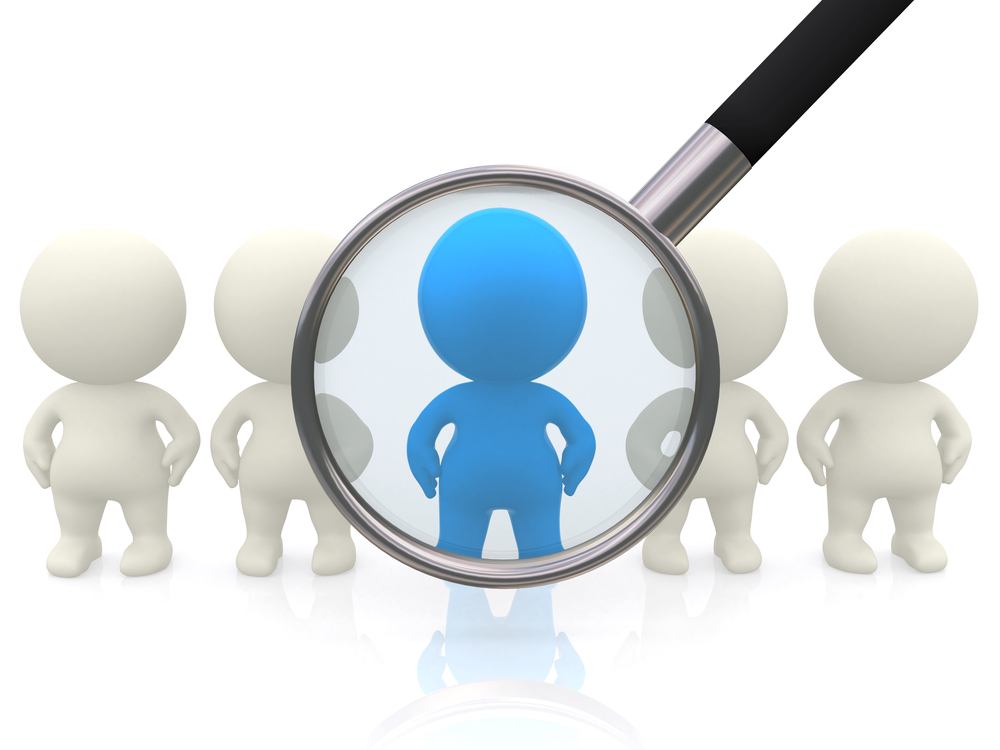CDP vs CRM or how is a Customer Data Platform different from a Customer Relationship Management system? In this new normal, companies are drastically restructuring their businesses and opting for a digital-first approach. They are increasingly looking to implement martech tools that can boost and sustain their businesses. CRM and CDP are two such digital tools that are currently being used by hundreds of companies around the world.
According to research by MarketsandMarkets, the global CDP market will grow up to USD $10.3 billion by 2025. Another research by Grand View Research places the CRM market to reach a staggering USD $114.4 billion by 2027. These figures indicate how indispensable these tools are for brands in the near future. However, there is plenty of confusion among marketers regarding these two digital technologies. This is because they are unable to make a sound decision in selecting the right tool for their business.
This article is aimed at resolving this confusion and assist marketers in understanding the key differences between a CDP and a CRM.
What is a CRM?
CRM or Customer Relationship Management solutions are data-driven solutions that help in identifying and improving customer relationships. They provide functionality in segments such as sales, marketing, digital commerce, and customer service.
Companies regularly have direct interactions with customers via channels such as call centers, live chat, social media, email, and website. CRMs enable companies to store and amass this data and use it to enrich the information of customers. A typical customer record will have the personal details of the customer and the recent interactions that the customer had with the brand. Sales and customer service personnel can use these details to create personalized interactions with customers in the future.
What is a CDP?
According to the CDP Institute, a CDP or Customer Data Platform is packaged software that creates a persistent, unified customer database that is accessible to other systems.
A CDP’s primary feature or capability involves aggregating and unifying customer data from disparate sources or silos. The unified data gives a single customer view that helps marketers in deeply understanding each individual customer. Based on this data, marketers can craft contextually-relevant personalized messages to customers on their preferred channels at their preferred times of engagement.
CDP vs CRM: How Are They Different from Each Other?
1. Data Collection

CDPs mainly collect first-party customer data. This includes data collected from anonymous users as well. CRMs collect and store data pertaining to existing customers and prospective customers or leads. They don’t collect anonymous user data as they cannot identify and link them with existing data.
2. Data Ingestion

CDPs can ingest large volumes of online and offline data from any data source. They have the capability to do this from multiple sources in real-time. CDPs can also automatically segment and organize unstructured data into more organized data structures.
CRMs cannot handle data ingestion from multiple sources. They are not built to handle real-time data ingestion nor are they capable of automatically ingesting offline data. Offline data needs to be entered manually by the user. If the data ingested is in an unstructured format, the CRM cannot automatically organize or segment it on its own.
3. Single Customer View

The most important feature of a CDP is to create a single customer view or a 360-degree view of each individual customer. This view shows the lifetime journey of the customer with your brand. It includes detailed information about the customer’s interactions, purchases, and website & channel behavior with the brand. The advantage of this view is that the data is clean and there aren’t any chances for data duplication.
CRMs do not store extensive information about a particular customer or lead. The data is primarily available for analyzing the sales pipeline and for forecasting purposes. Moreover, the data isn’t always clean and there are chances for CRMs to store duplicate data
4. Multiple Systems Integration

CDPs can easily integrate with multiple systems such as website channels, email, SMS, call center, social media, mobile, CRM, chatbot, etc. Data transfer happens in real-time between these channels and the CDP. As a result of this, CDPs enable omnichannel marketing where marketers can target users with the same personalized message across various channels.
CRMs do not have the capability to properly integrate with multiple digital channels and customer touchpoints. Seamless integration is difficult to achieve and prevents marketers from delivering true omnichannel experiences to their customers.
5. 1:1 Personalization and Channel Orchestration

1:1 personalization has become a basic expectation from consumers today. Using the insights provided by a CDP’s unified customer view, marketers can create highly personalized messages and offers for their users. Using advanced algorithms powered by Artificial Intelligence (AI), they can orchestrate these personalized messages on a 1:1 basis on the users’ preferred channels at their preferred engagement times.
CRMs are good at optimizing 1:1 customer interactions. But it cannot do the same with anonymous users as it fails to identify them. Using AI to drive a CRM enables personalized engagement with known customers. However, it cannot achieve omnichannel marketing like a CDP with “the right message at the right time and on the right channel” for both known and unknown users.
CDP vs CRM: Which is the Right Tool for Marketers?
Now that you know the key differences between a CDP and a CRM, it’s time to make a decision. Which of these two digital tools will be most suited to help meet your business goals and objectives?
If your company’s business processes are tangible that involves the sharing of quotes, tracking sales leads, basic marketing automation such as email follow-ups, etc. with a known customer database, a CRM would suit you the best. On the other hand, if your company deals with huge volumes of customer data that will be utilized to deliver real-time personalized customer experiences at scale, a CDP would be the right tool for your business.
Need help in understanding how Lemnisk’s AI-driven Customer Data Platform can help your business? Get a free demo with us to get a personalized rundown of our features.
By Bijoy K.B | Senior Associate Marketing at Lemnisk

Leave a Reply